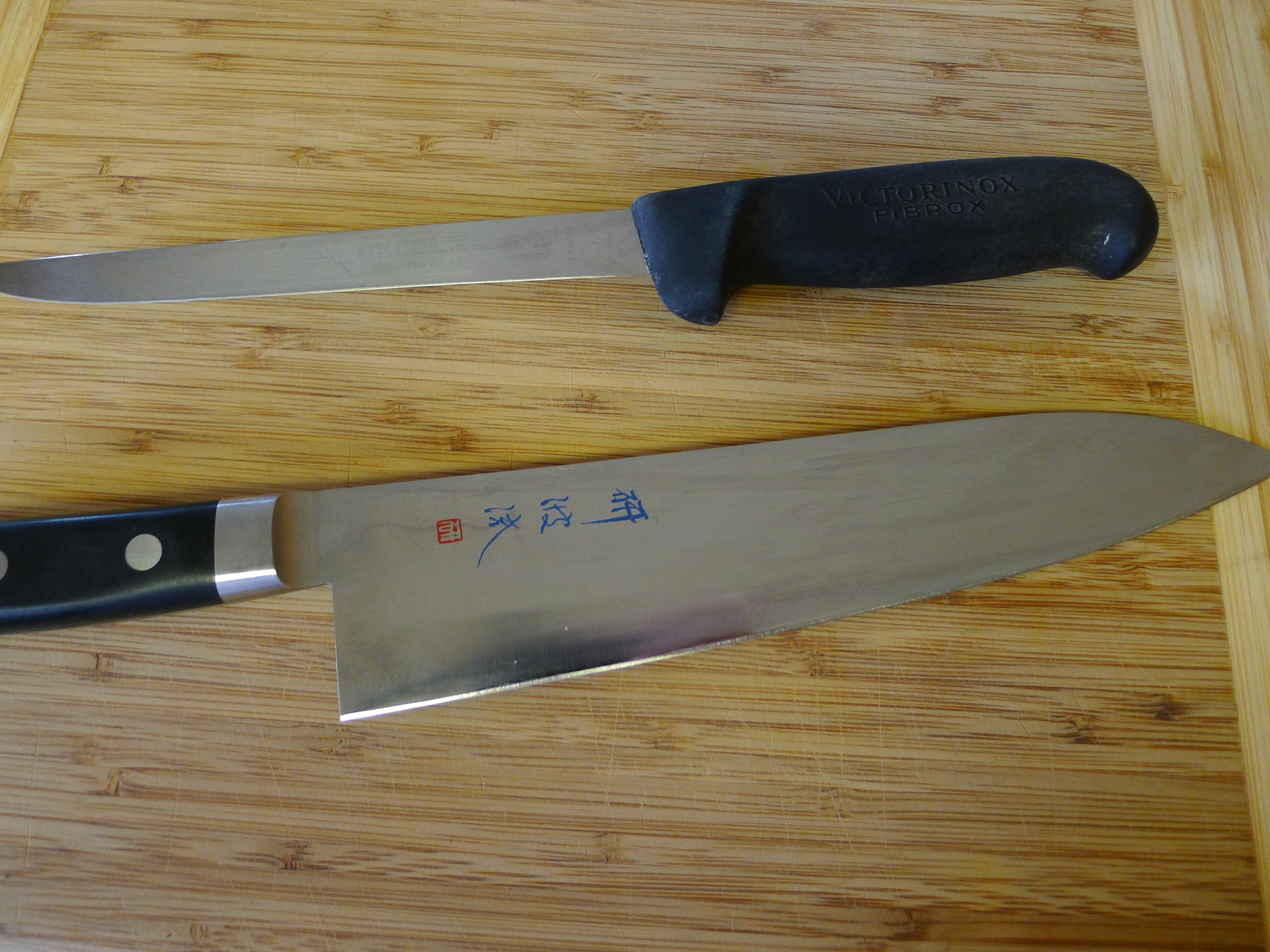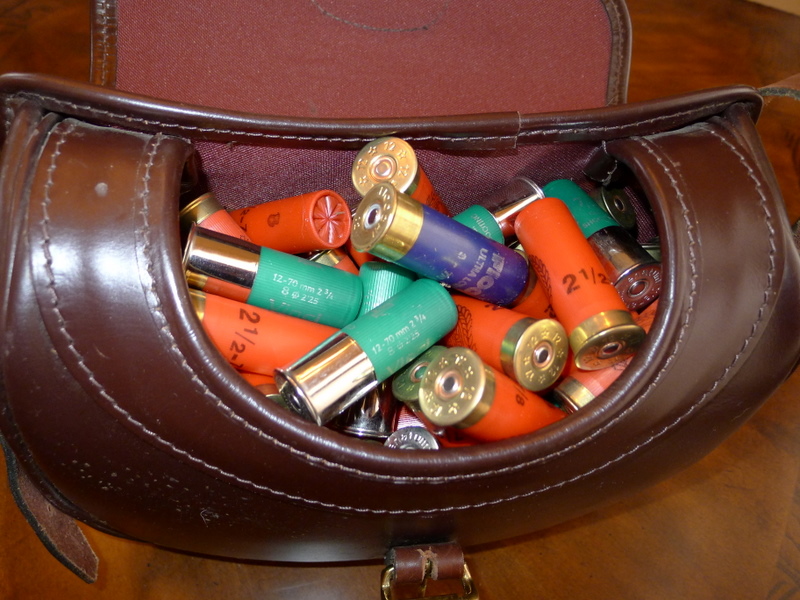Schooling Your Horse (book review, rated 5/5 *****)
by Captain Vladimir S. Littauer, Arco Publishing 1956 DeNemethy, Museler, Podhajsky certainly hit the high points of the classics. The one thing I'd add in that vein would be Harry Chamberlin's "Training Hunters Jumpers and Hacks" and everything by Gordon Wright. Next was would be Captain Vladimir S. Littauer's Commonsense Horsemanship and Schooling Your Horse. Then, everything by George Morris and perhaps, the three-volume 1935 Cavalry Manual--Horsemanship and Horsemastership. Simply put, Schooling Your Horse, is a classic and if you could learn everything in this easy to read book, you would be a master showjumper or field hunter. There are chapters on Hunters, and he doesn’t mean show hunters, which is a tribute to the fact the book was written in 1956. It is as relevant today as it was then. Simple, informative and a no-nonsense method which works.


